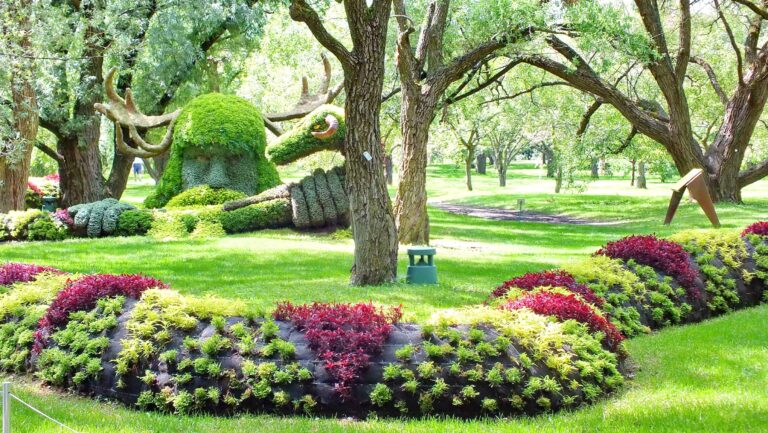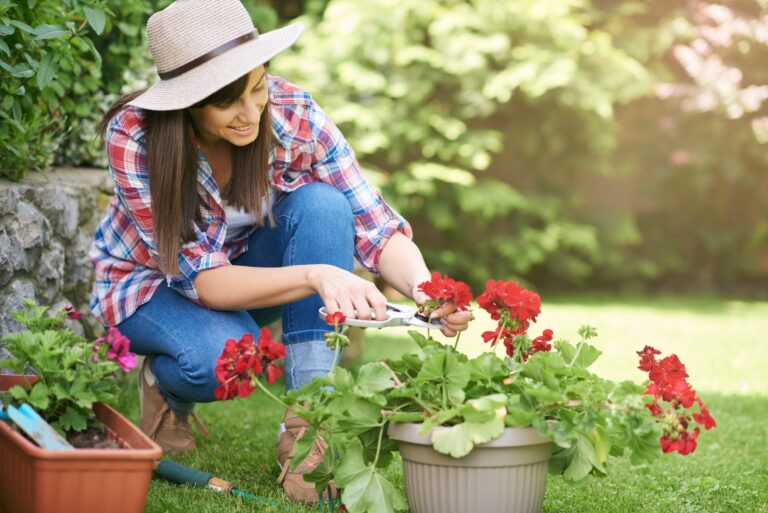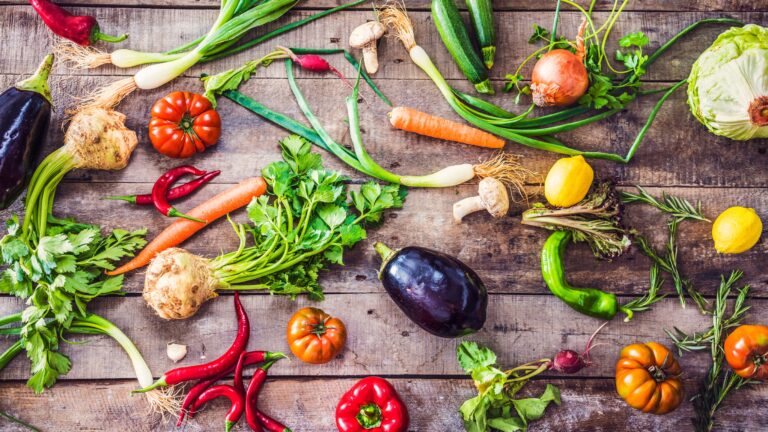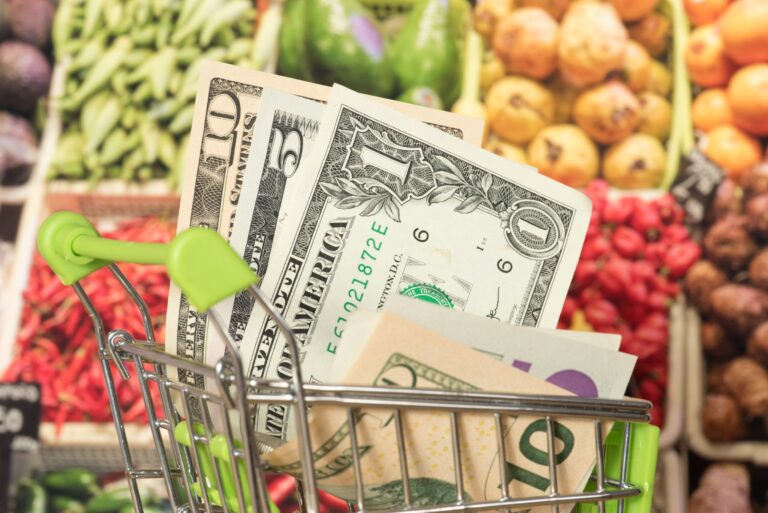Finding the perfect gift for gardening enthusiasts can be both exciting and challenging. The ideal gift combines practicality with a touch of uniqueness, enhancing their gardening experience. From innovative tools to charming accessories, the right gardening gifts can bring joy and convenience to any gardener. Here are some unique and practical gardening gifts that will…
12 Beautiful Botanical Gardens You Need To Add To Your Bucket List
Exploring botanical gardens offers a serene escape into the world of flora, combining art, history, and nature in a harmonious ensemble. Whether you are an avid gardener, a nature enthusiast, or simply looking for a peaceful retreat, visiting botanical gardens can provide a unique blend of beauty and tranquility. This guide showcases twelve must-visit botanical…
10 Types Of Plants You Should Never Put In Your Garden
Gardening is a rewarding activity that beautifies your surroundings, provides a relaxing hobby, and can even offer fresh produce right at your doorstep. However, not all plants are suitable for every garden. Certain species can become invasive, others might harm local flora and fauna, and some simply do not thrive under the wrong conditions, making…
Top 15 Best Gardening Gifts
Gardening is a beloved hobby for many, offering a blend of physical activity, relaxation, and satisfaction. As more people turn to their gardens for solace and sustenance, finding the perfect gift for the garden enthusiast in your life has never been more relevant. From tools that ease the labor to gadgets that enhance the gardening…
Tiny Space, Big Dreams: 16 Genius Decorating Tips for Small Apartments
Living in a small apartment doesn’t mean you have to compromise on style or functionality. With the right decorating strategies, you can maximize your tiny space, making it both stylish and practical. These 16 genius decorating tips help you transform your small living areas into comfortable, beautiful, and efficient homes. From multifunctional furniture to clever…
Cultivating Knowledge: The Top 7 Gardening Podcasts to Enrich Your Green Thumb
Gardening is not just a pastime; it’s a passion for millions who enjoy getting their hands dirty and cultivating their own patches of earth. Whether you’re a novice hoping to grow your first flowers or a seasoned horticulturist looking to expand your knowledge, gardening podcasts can be a treasure trove of information. Here’s a guide…
8 Old-School Habits to Try for a Happier Life
In our fast-paced, technology-driven world, sometimes the key to a happier life lies in the wisdom of the past. Many of us yearn for simpler times, and integrating old-school habits into our modern routines can provide a sense of grounding and joy that contemporary lifestyles often lack. Here, we explore eight timeless habits that can…
14 Nutrient-Dense Vegetables to Grow in Your Garden
Growing your own vegetables can be a rewarding endeavor, both for your health and the environment. With an increasing interest in self-sustainability and organic gardening, choosing the right types of plants for your garden is essential. Nutrient-dense vegetables, which are packed with vitamins, minerals, and antioxidants, offer significant health benefits. Here, we explore 14 nutrient-dense…
14 Dangers of Drinking from Plastic Bottles and The Alternatives
In today’s eco-conscious world, the use of plastic bottles has become a hot topic due to their impact on health and the environment. With an increasing number of studies pointing out the dangers associated with these ubiquitous containers, it is crucial for consumers to understand the risks and consider safer alternatives. Here, we delve into…
12 Foods You Should Stop Buying Now to Save Money at Any Grocery Store
In today’s economy, saving money at the grocery store is more crucial than ever. With prices fluctuating and budgets tightening, smart shopping has become an essential skill. One effective way to cut costs is by avoiding certain high-priced items that can sneakily increase your grocery bill. Here are 12 foods you might skip on your…









